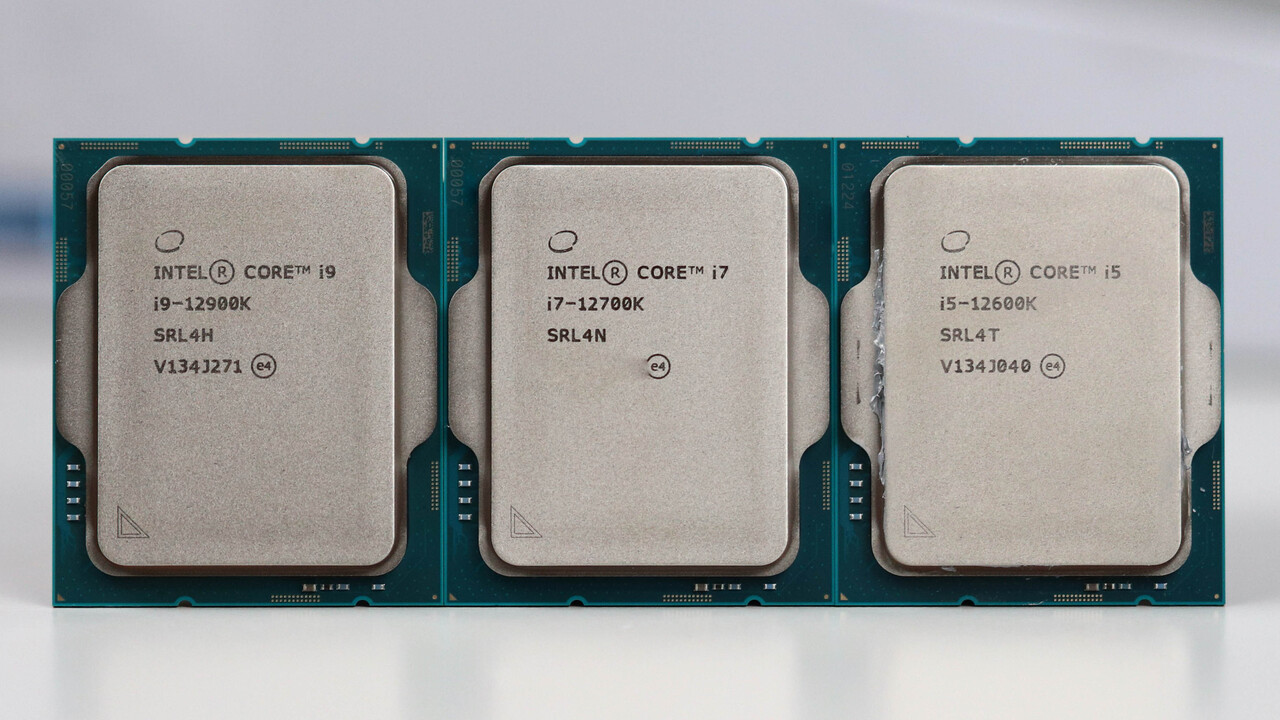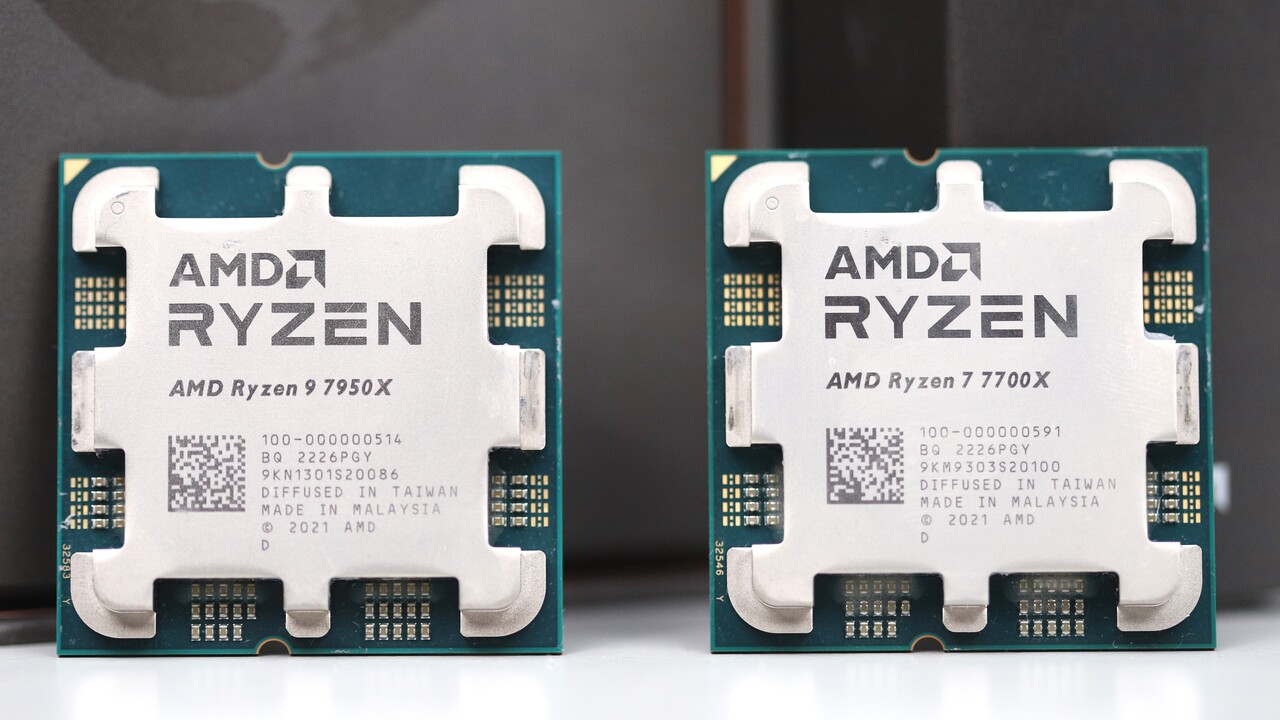- Jan 10, 2019
- 3,331
- 5,282
- 136
Given there's a full node difference between the two, you'd kind of expect an advantage. Process normalized is another matter. Especially if you have per thread QoS requirements. Many Bergamo deployments will probably have SMT disabled for that reason.Zen4c is an impressive feat of engineering. Four of these small Full P cores are as big as a cluster of 4 e cores(Raptormont cluster).
View attachment 81724
OG Gracemont cluster, the Raptormont cluster should be just a hair short of 10 mm^2
View attachment 81725
Zen4c has higher IPC and SMT so Zen4c is the new Performance/Area King
I am getting confirmation, but 4MiB Crestmont Cluster should be 7.4 mm^2, the IPC improvement from Gracemont should be in single digits, taking this into accout should still allow Zen4c still ahead in Performance/area as 4c/8T Zen4c will be faster than 4C/4T Crestmont.While Zen 4c should have higher IPC/mm2 than Gracemont, Zen 4c doesn't clock as high. Overall performance per core might be closer than you think if you factor in clock differences. We'll have a better idea when the nodes are closer together, too, via Meteorlake.
I don't believe we've had leaks about Crestmont IPC. And as Saylick mentioned, you need to factor in clock speeds (iso-process, at that), not just IPC. That's a weakness for Atom vs Core and full sized Zen, but that's also Zen 4c's major penalty vs Zen 4. Need more data there, but hopefully with Meteor Lake and Bergamo out soon-ish, we'll have something to work with. Though N4P is still the better node.the IPC improvement from Gracemont should be in single digits
4 core Crestmont Cluster with 3MB L2 is 5.91mm^2. Generously scaling the L2 cache data array and L2 tags for the 4MB you want, would give you 6.2 mm^2.I am getting confirmation, but 4MiB Crestmont Cluster should be 7.4 mm^2, the IPC improvement from Gracemont should be in single digits, taking this into accout should still allow Zen4c still ahead in Performance/area as 4c/8T Zen4c will be faster than 4C/4T Crestmont.
I'm also using Locuza lmaoView attachment 81738
Due to power constrains those e cores will not be as fast as the desktop parts, 3 Ghz should be the max all core sustained speed on the larger SKU. Bergamo was clocked at 2.8 Ghz on a V-Ray All core benchmark.


While Zen 4c should have higher IPC/mm2 than Gracemont, Zen 4c doesn't clock as high. Overall performance per core might be closer than you think if you factor in clock differences. We'll have a better idea when the nodes are closer together, too, via Meteorlake.
Zen 4C has 40% higher IPC than Crestmont? Where did you get this figure?With 40% better IPC perf wont be close, beside high clock mean high power comsumption, wich defeat the efficency purpose.
Zen 4C has 40% higher IPC than Crestmont? Where did you get this figure?


It depends on the workload, in FPU benchmarks the difference can be up to 66%(at ISO Speed and even greater at stock) On INT workloads the difference is about 25%Alder lake P core has 43% better IPC than its e core, and Zen 4 has comparable IPC than a P core.

It depends on the workload, in FPU benchmarks the difference can be up to 66%(at ISO Speed and even greater at stock) On INT workloads the difference is about 25%
From Raichu.
View attachment 81752
It is incorrect to assume that Crestmont has no improvement over Gracemont. And the relationship is more complicated between clocks and power. You'll see what I mean when Zen 4c reviews drop.With 40% better IPC perf wont be close, beside high clock mean high power comsumption, wich defeat the efficency purpose.
You're picking odd extremes to use for comparison. Neither purely ST nor embarrassingly parallel represent the target market for these products well. They're meant for cheap/efficient cloud processing. In practice, this means there'll be minimums for per thread performance that might set a floor for Atom clocks and force the disabling of SMT for Bergamo. ST sensitive workloads, meanwhile, will continue to target the big core products.Edit : There s also SMT to consider, throughput wise
There is no product from Intel out there with nothing but e-cores, so how can we compare ???? You would need like a 100-120 ecore chip to make any real comparison. Even in my 9654 and my 9554 there appears to be big differences in clock speed and performance, as well as heat. I am sure the heat is the fact that the 9554 is running much faster.It is incorrect to assume that Crestmont has no improvement over Gracemont. And the relationship is more complicated between clocks and power. You'll see what I mean when Zen 4c reviews drop.
You're picking odd extremes to use for comparison. Neither purely ST nor embarrassingly parallel represent the target market for these products well. They're meant for cheap/efficient cloud processing. In practice, this means there'll be minimums for per thread performance that might set a floor for Atom clocks and force the disabling of SMT for Bergamo. ST sensitive workloads, meanwhile, will continue to target the big core products.
It is incorrect to assume that Crestmont has no improvement over Gracemont. And the relationship is more complicated between clocks and power.
You're picking odd extremes to use for comparison. Neither purely ST nor embarrassingly parallel represent the target market for these products well. They're meant for cheap/efficient cloud processing. In practice, this means there'll be minimums for per thread performance that might set a floor for Atom clocks and force the disabling of SMT for Bergamo. ST sensitive workloads, meanwhile, will continue to target the big core products.
We are making educated guesses with available data, so far Zen4c has proven to have the same IPC than Zen4, Gracemont needs a pretty hefty IPC gain to even come close.There is no product from Intel out there with nothing but e-cores, so how can we compare ???? You would need like a 100-120 ecore chip to make any real comparison. Even in my 9654 and my 9554 there appears to be big differences in clock speed and performance, as well as heat. I am sure the heat is the fact that the 9554 is running much faster.
Of have I missed that chip ??
I was more arguing that exists50 appeared to be saying that the Intel e-cores are more powerful than we think. Having 2 different Genoa systems (soon to be 3, tomorrow), I can tell you that I am amazed at the performance, and since Zen 4c is only less cache, I can believe anything. In my case, I need the cache for quite a few of my workloads.We are making educated guesses with available data, so far Zen4c has proven to have the same IPC than Zen4, Gracemont needs a pretty hefty IPC gain to even come close.
The fact that a Single 9754 is as fast as two 9554 in V-Ray, Blender and other benchmarks its proof that Zen4c is the King at Performance/Area
I think you mean 'Crestmont' needs a pretty hefty IPC gain to even come close.We are making educated guesses with available data, so far Zen4c has proven to have the same IPC than Zen4, Gracemont needs a pretty hefty IPC gain to even come close.
Also the only bergamo benchmarks I have seen so far is Vray.The fact that a Single 9754 is as fast as two 9554 in V-Ray, Blender and other benchmarks its proof that Zen4c is the King at Performance/Area
I was more arguing that exists50 appeared to be saying that the Intel e-cores are more powerful than we think. Having 2 different Genoa systems (soon to be 3, tomorrow), I can tell you that I am amazed at the performance, and since Zen 4c is only less cache, I can believe anything. In my case, I need the cache for quite a few of my workloads.
Edit: Not to mention that e-cores can not do avx-512, where Genoa cores CAN. And there are places where I use it, and I am sure even in the cloud it can come in handy. Just for the DC crowd, they rent cloud resources all the time, and those that support avx-512 are way more desirable.
Isn't Bergamo on AMD's flavor of N5HPC though, not N4P?I don't believe we've had leaks about Crestmont IPC. And as Saylick mentioned, you need to factor in clock speeds (iso-process, at that), not just IPC. That's a weakness for Atom vs Core and full sized Zen, but that's also Zen 4c's major penalty vs Zen 4. Need more data there, but hopefully with Meteor Lake and Bergamo out soon-ish, we'll have something to work with. Though N4P is still the better node.


